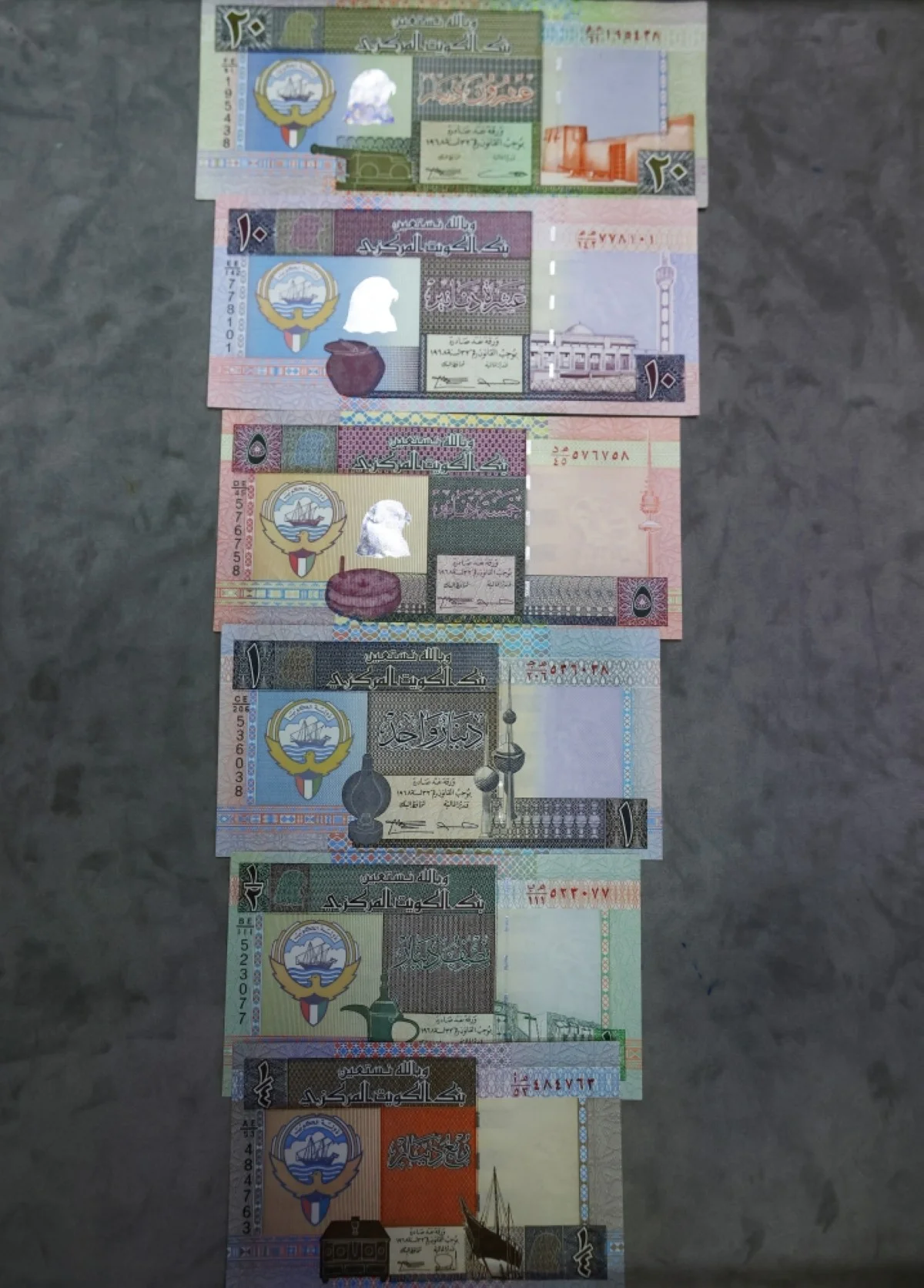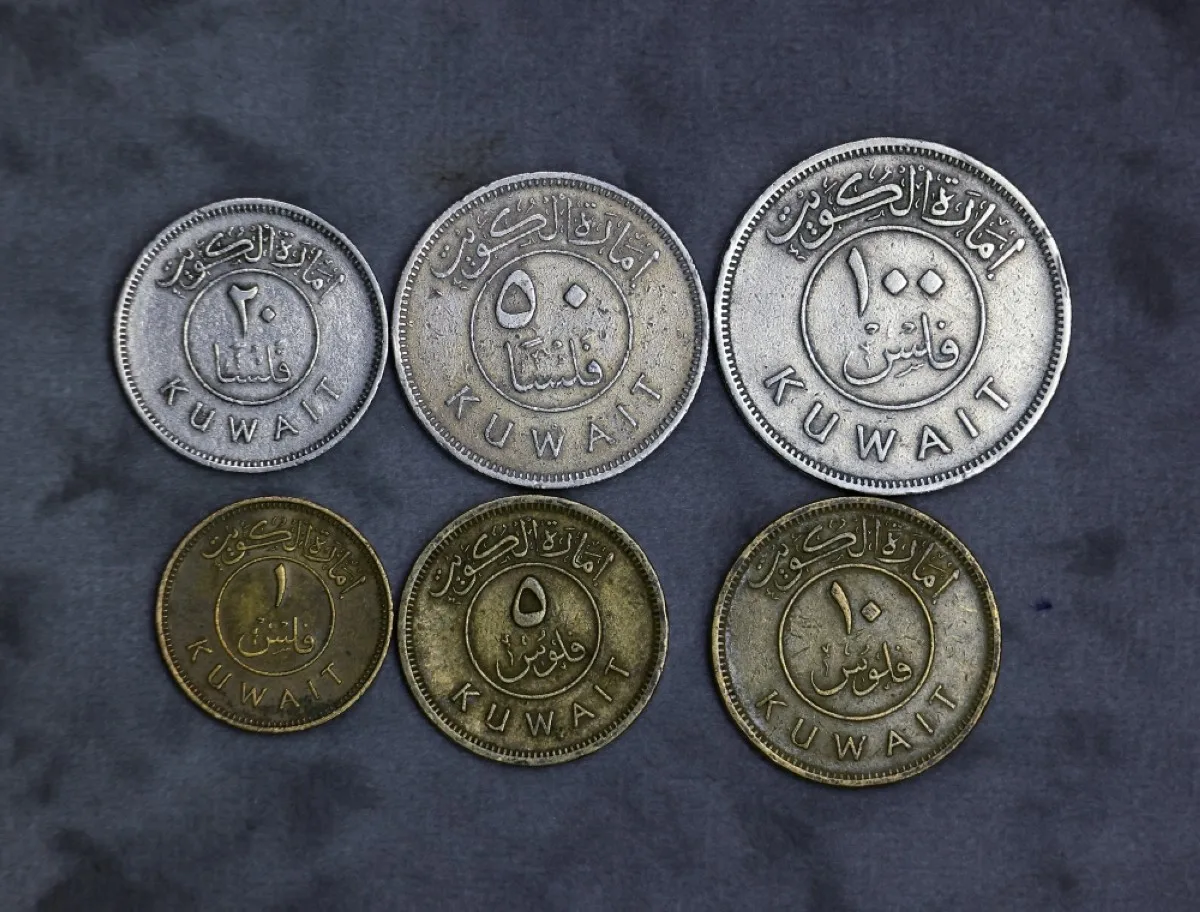Although Kuwait may be small compared to other countries, its currency holds considerable power, adding an intriguing allure that captivates many people. Kuwait Times explored the history of the Kuwaiti currency’s evolution with owner of Heritage Coin Center Bassem Al-Ibraheem (Bu Jarrah).
Establishment of the Kuwaiti currency
According to Ibraheem, in 1866, Sheikh Abdullah Al-Sabah, the fifth ruler of Kuwait, introduced the first national currency known as the “Kuwaiti piastre”. The Kuwaiti piastre lasted only for three months and a few days, making it a rare and historically significant currency. Three to six hundred official Kuwaiti piastres were issued at that time; hence, one of these limited pieces is worth approximate KD 9,000 today.
Foundation of a dedicated Kuwaiti currency
Ibraheem added that in 1950, as Kuwait experienced a surge in population following the discovery of oil and economic prosperity, then Amir Sheikh Abdullah Al-Salem Al-Sabah wanted to establish a national currency. However, his counselors highlighted the importance of a supporting financial sector and legal framework for a currency.








Consequently, the Amir sent delegations to investigate global and Arab monetary systems instead of proceeding with establishing a currency. Nine years later, the reliance on the Indian rupee by Kuwait and other GCC countries prompted India to issue separate rupees tailored for the GCC countries. This prompted Kuwait’s monetary council to work on a dedicated Kuwaiti currency.
Introducing the Kuwaiti dinar
Ibraheem elaborated that law no. 41 established a monetary council led by Sheikh Jaber Al-Sabah in 1960, and in the following year, the Kuwaiti dinar was finally introduced. Each 1,000 fils was equal to 1 Kuwaiti dinar, and each 100 fils was called a dirham. During that time, Sheikh Jaber expressed his vision for the Kuwait dinar to become one of the world’s strongest currencies, aiming to strengthen regional economies. On May 26, 1961, the Kuwaiti dinar replaced the rupee, with denominations including the quarter, half, one, five and 10 dinars. The 20-dinar note was introduced in 1986.
Emergency currency after invasion
Ibraheem concluded that following the Iraqi invasion that led to the looting of the Kuwaiti treasury and banks, the third series of the Kuwaiti currency was canceled, and a fourth series was introduced with adjusted color tones and enhanced security elements such as watermarks, UV features and ministerial signatures. The fourth series came as an emergency currency and was swiftly circulated post-liberation, serving for approximately two years before being succeeded by the fifth and sixth series, the latter of which remains in use today.











